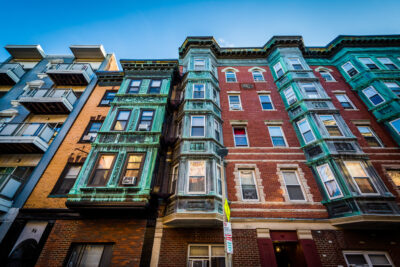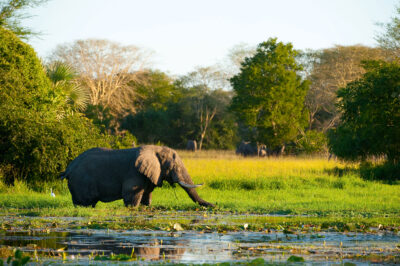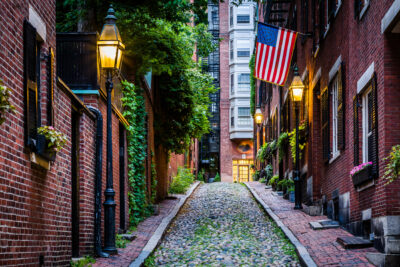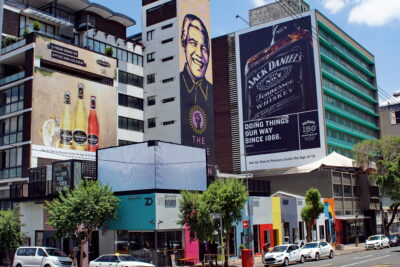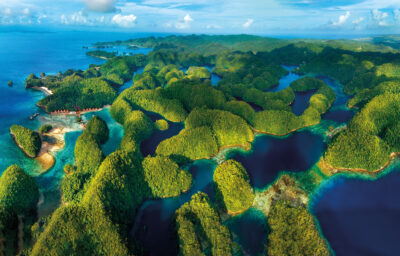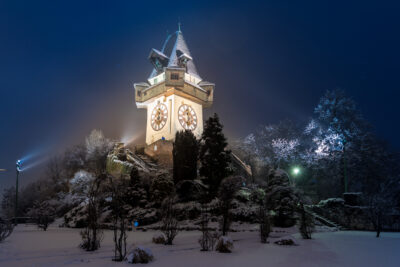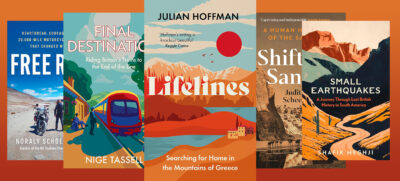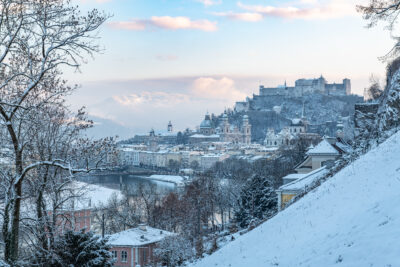
Interview
Meet the locals: Exploring Albania’s cultural heritage with historian Auron Tare
We talk to the Albanian historian, journalist and former director of Butrint, Albania’s foremost UNESCO World Heritage site, about the country’s cultural heritage
In 1994, I met Lord Rothschild. His house on Corfu was just across the water from Butrint, and for years he would look over to it using binoculars. But he was never allowed to visit by the communist regime. After the fall of communism in 1992, together with his friend Lord Sainsbury, he wanted to help the site and created what was known as the Butrint Foundation. I ended up managing the foundation; then, after creating the Butrint National Park, I ran the park for many years. It was thanks to this meeting that I entered the world of cultural heritage management.
I think Butrint and Albania should be grateful for Lord Rothschild’s friendship, which was given during a very difficult time for the country.
Butrint is a magical place. It’s a Homeric landscape – a place that inspired poets like Virgil. A place where the Roman senate heard debates between Cicero, Caesar, Mark Antony and others. A place where Richard the Lionheart came to pray on his way to Jerusalem. A place where the famous Ali Pasha of Tepelenë would invite all the British generals from Corfu to hunt at its lake. A place that intrigued Mussolini, who gave orders to excavate and discover its Roman civilisation. In essence, it’s a place where the entire world has left its footprint. Butrint is the soul of our cultural heritage.
For all those who love culture, I recommend exploring the region around the now small village of Leskovik. It overlooks the majestic landscape of the Vjosa river valley, once a thriving place of art and wine lovers where music had a profound influence not only on Southern Albania but on northern Greece and all the way to İstanbul.
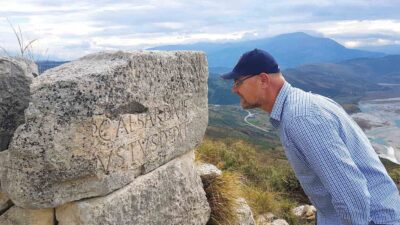
Another area for all who love mountains is the Zagori and Kurvelesh regions in Southern Albania. This is where the great British explorer and mountaineer Bill Tilman once lived and travelled during the Second World War. It’s a valley full of beautiful small villages with Byzantine churches dotted among the mountain range.
Albania has become very popular, but that has brought mass tourism and many issues. The country was not prepared for this influx of tourism and it lacked services and legislation. Mass tourism is putting pressure on almost all the major sites as well as increasing demand for more buildings, therefore damaging landscapes and protected areas.
The Roman Road of Via Egnatia, which crosses Albania, was one of the most important roads in history. It connected Rome with the eastern provinces, and later Rome to Constantinople. It was the road that the Roman legions used to march to the East and on which the first Christian fathers arrived in the West.
It is the road on which all the merchants, philosophers, thieves, road artists, Crusaders, Normans, Ottomans and so on travelled throughout history. One of the last important travellers on this road was the British painter Edward Lear, who painted the most beautiful landscapes of Via Egnatia, followed by the travelling party of the Heir to the British throne and son of Queen Victoria, the Prince of Wales.
I lead thematic group tours along Via Egnatia, from Durrës to Lake Ohrid, and walk on what remains of the old road. I think it is an emotional thing to be able to walk on such a historical path.
Choose a great guide who knows the real Albania. Be a traveller, not a tourist, and try to explore off-the-beaten-path regions where the true Albania still exists. Read before you arrive so that you get inspired by those who came before you. As one great British traveller (Edward Lear) said about Albania: “Here the centuries do not follow but rather they co-exist.”
Auron is a director of Our Own Expeditions (ourownexpeditions.com)




